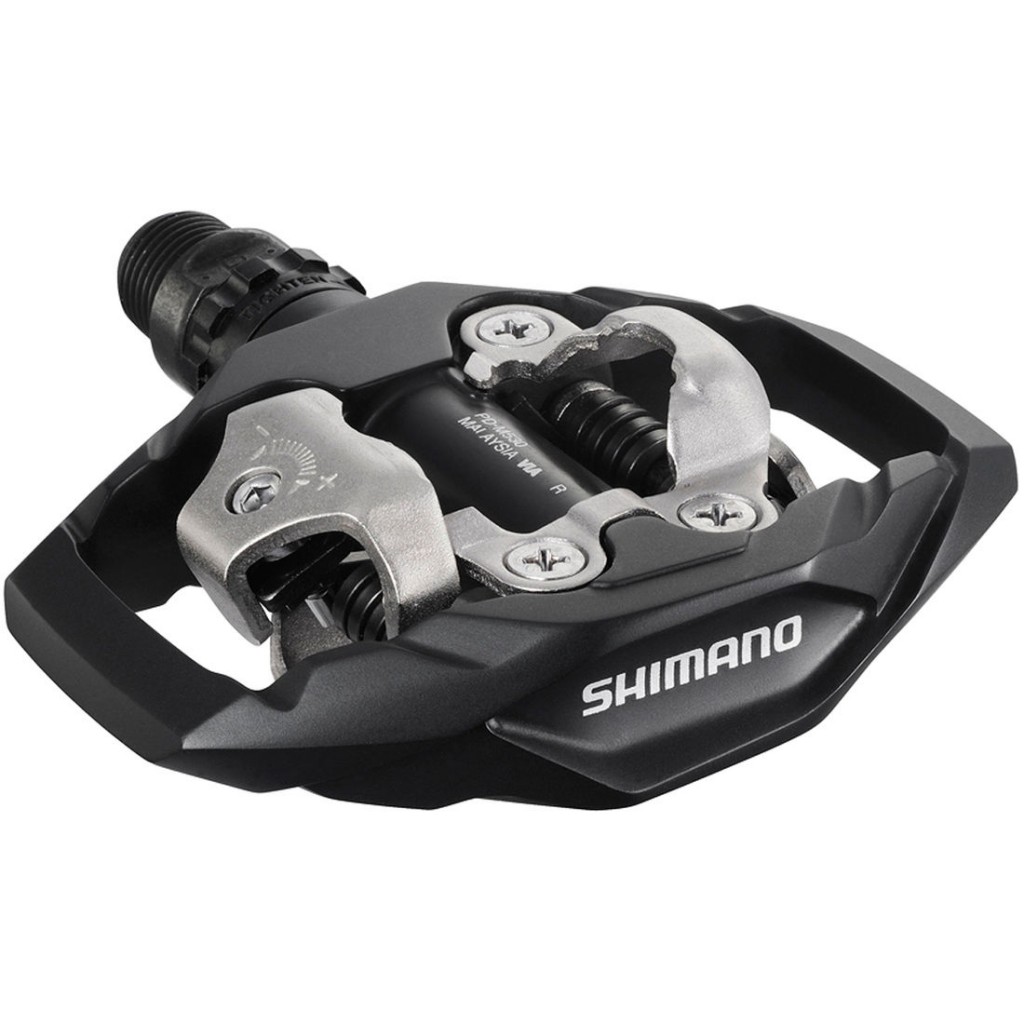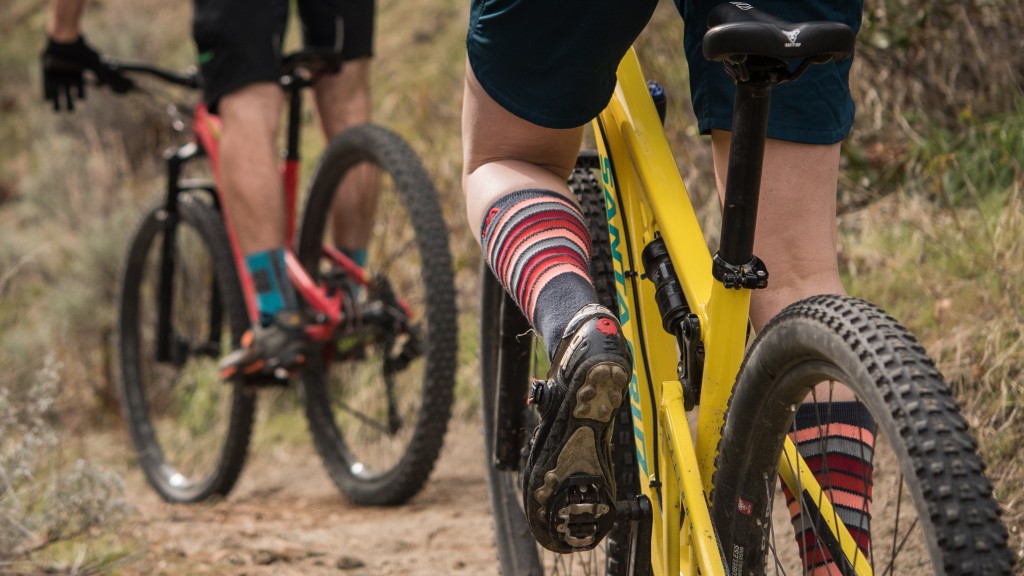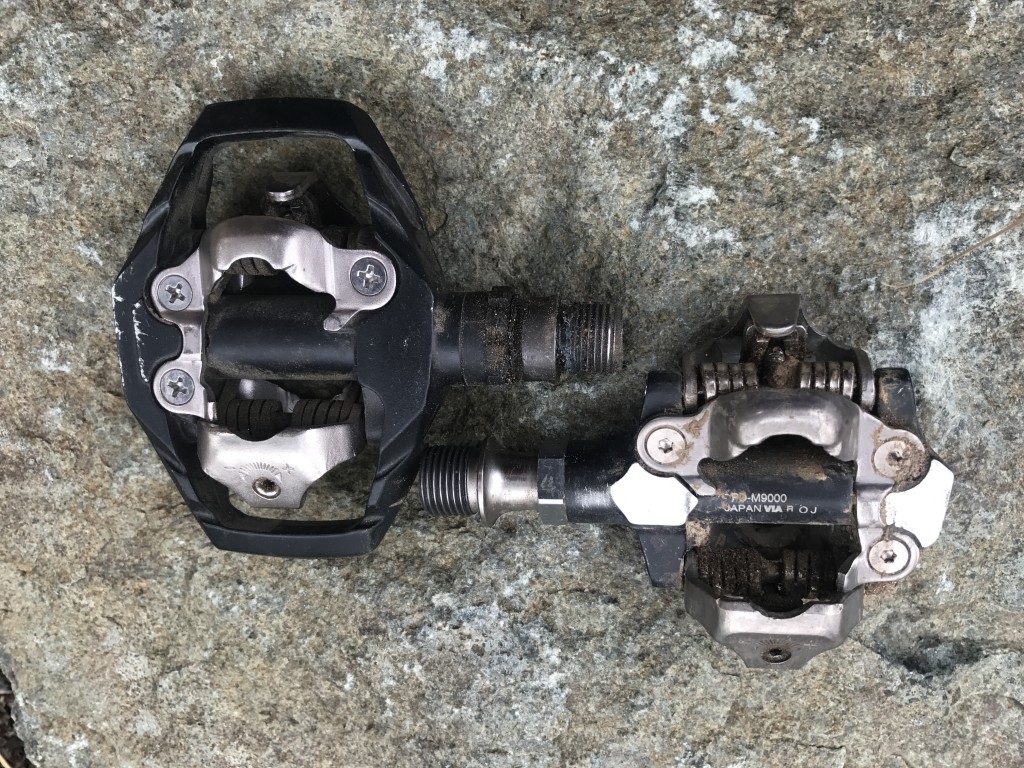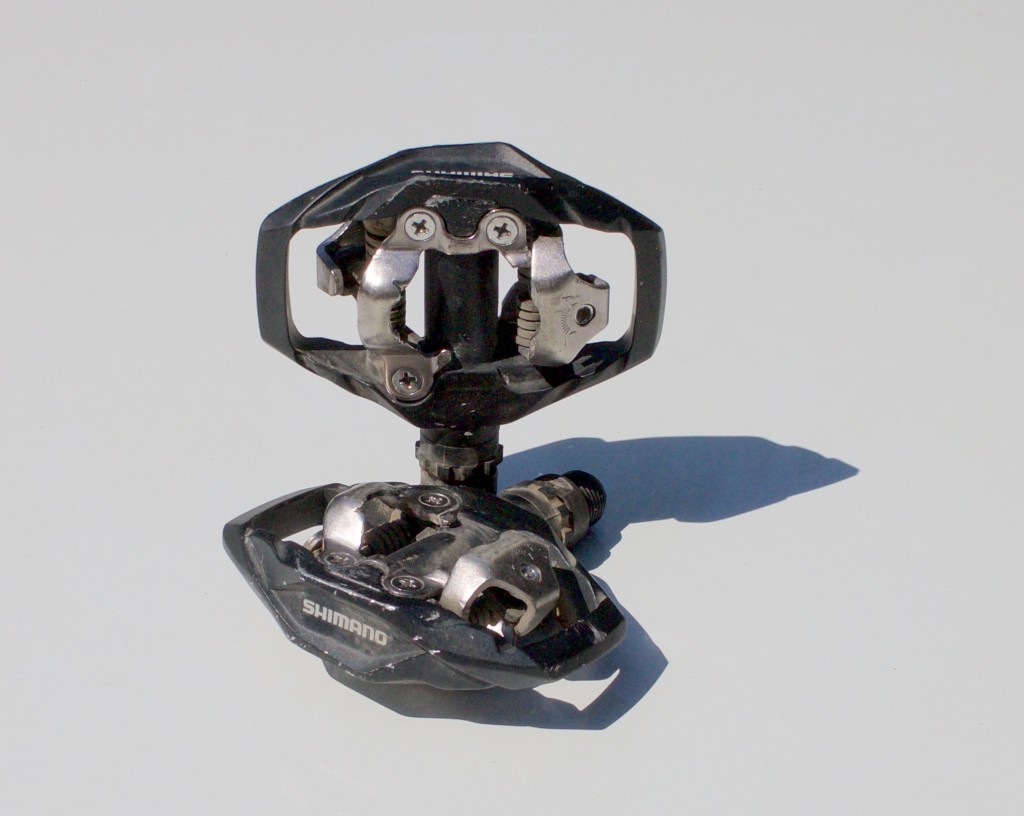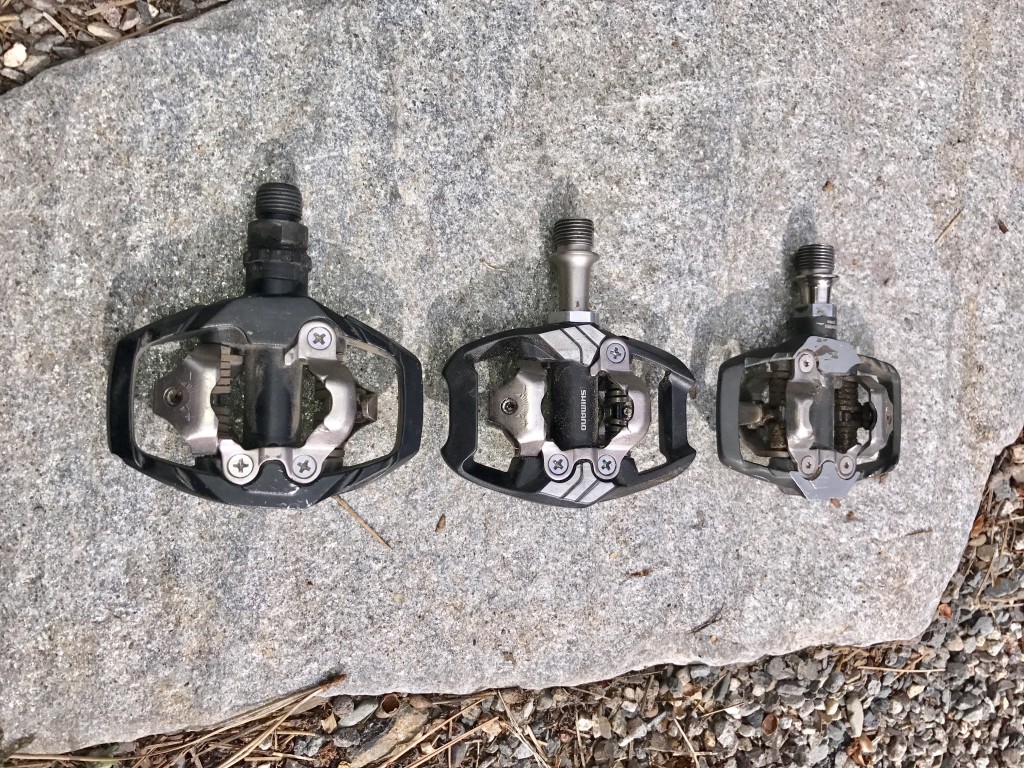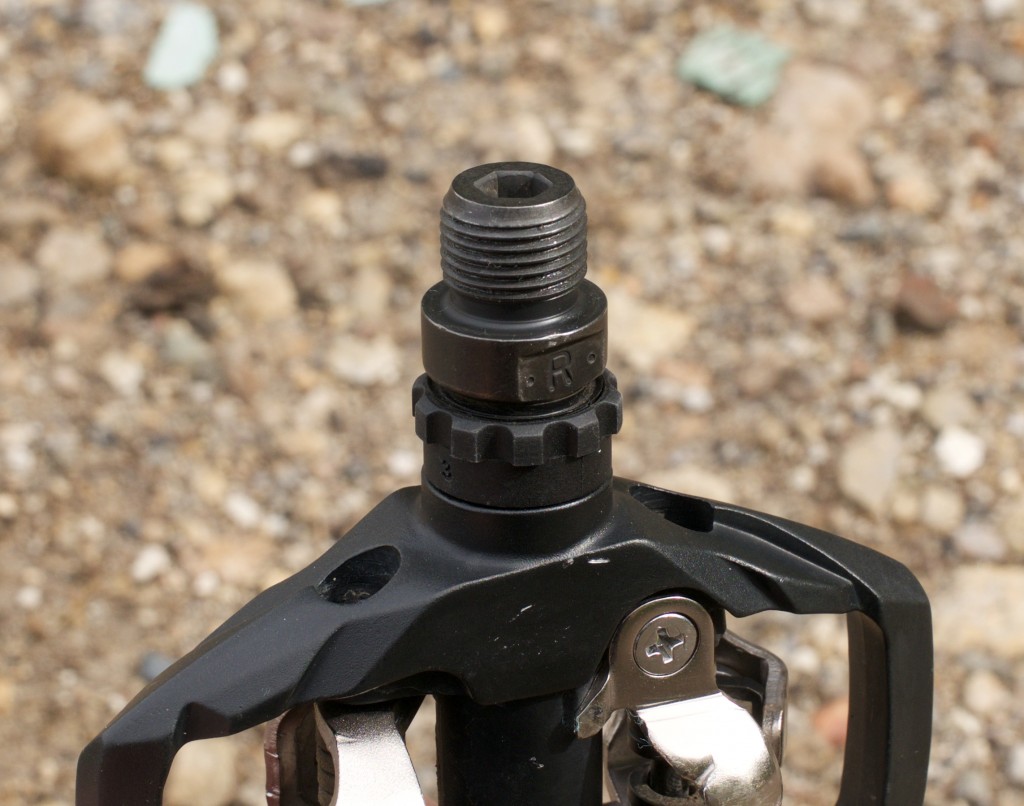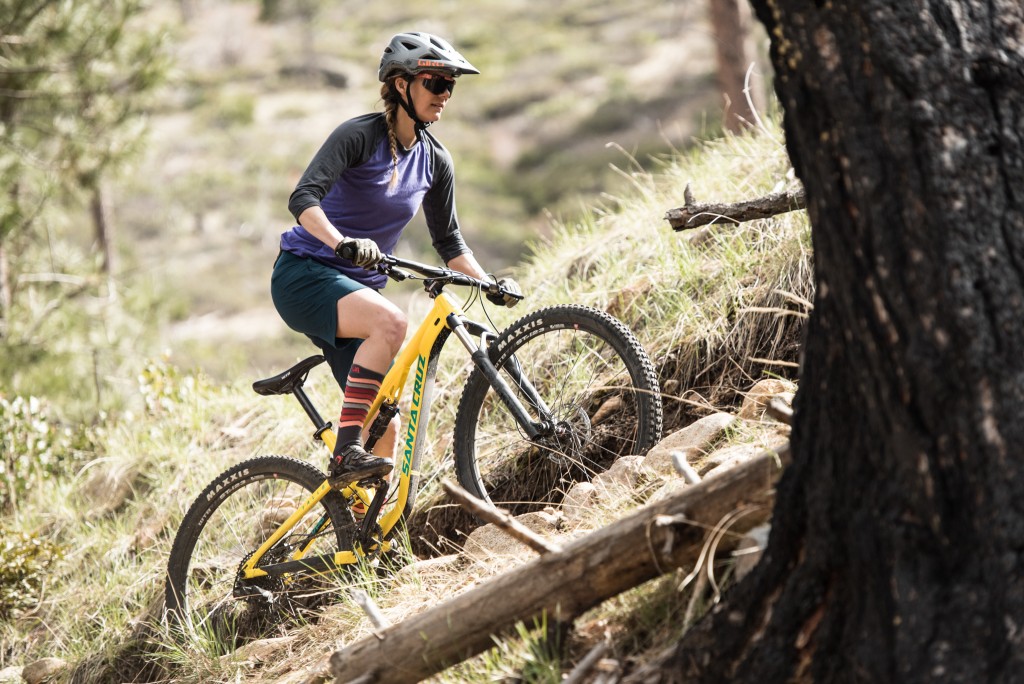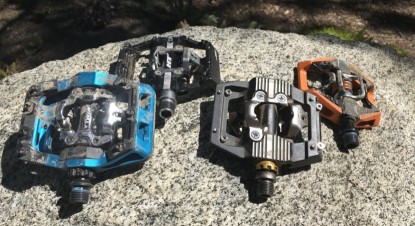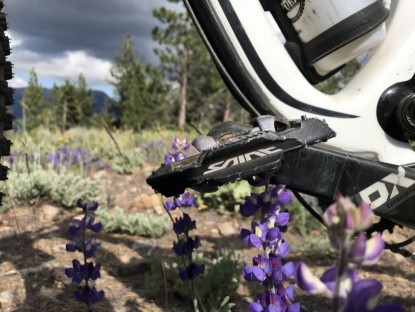Shimano M530 SPD Review
Our Verdict
Our Analysis and Test Results
This model is the least expensive version of Shimano's small platform pedals. Similar in function to the XT M8120 and XTR M9120 it offers a secure feel and predictable performance in a practical package. While not embellished with fancy features, it doesn't come up short. This Shimano model is an incredibly versatile pedal for a very attractive price.
Performance Comparison
Ease of Entry
Getting into your pedals should be simple and a quick entry allows you to start putting the power down right away. Like the other mini platforms from Shimano, the small cage makes it easier to clip into this pedal. The cage shape seems to guide your foot toward the clipless mechanism and provide a trouble free entry. As the shoe engages the cage on the pedal, it flattens the pedal against the foot, placing the clipless mechanism in just the right spot to clip in.
Tied with the M530 for ease of entry is the Shimano XTR M9100, but they excel for very different reasons. Lacking the user-friendly cage, the M9100 has a slick coating and engages readily, provided you're accurate. They have comparable ease of entry but the M530 would be our recommendation for those new to clipless pedals or those unclipping often.
In general, our testers think the Shimano SPD pedals are amongst the easiest to clip into. They emit an audible and satisfying click when you engage assuring you that they're ready to ride. The Time and Crankbrothers pedals, by contrast, have a much less consistent and vague sound and feel.
Ease of Exit
It's almost certainly the number one concern for first-time users and a significant performance quality for even the most experienced riders. With the M530, there's nothing about the mechanism or the platform that hinders your exit. Regardless of shoe choice, we find these to be just as easy to get out of as they are to get in.
Adjustability
Like all SPD mountain pedals, this pedal has a wide range of spring tension adjustment from very firm to quite soft. Tension is adjusted with a 3mm Allen key on either side of the pedal. Make both sides equal by twisting the adjuster all the way in one direction, then counting the detents, there are 20 from end to end. Lefty loosie, righty tighty…
Another versatility bonus to this model is that it can be installed with either a 6mm Allen wrench or a standard pedal wrench. Most riders will only do this once, but it is convenient to have both options. By contrast, all the CrankBrothers pedals (and all other pedals in this test) can only be installed with an 8mm Allen key.
Weight
Unfortunately, this pedal is much heavier than it looks. The test pair weighed 453 grams on our scale which is a couple of grams lighter than the claimed weight of 455. The extra weight of this otherwise low profile pedal is its biggest downside and is the only aspect that would make us think twice before installing it on our cross-country bike.
For comparison, this mini-platform pedal actually weighs 33 grams more than the far more substantial Crankbrothers Mallet E, which is much larger and packed with traction pins. For the real gram counting racers, we suggest the Crankbrothers Eggbeater 3, which is the lightest pedal in our review weighing in at 175 grams less (and the cleats save you an additional 17 grams) but cost twice as much. If low weight is a priority for you, then you'll probably want to steer clear of these.
Platform
The M530 has a mini-platform and no traction pins. This platform allows for a quicker and more confidence-inspiring engagement, and also gives your foot a place to rest if you don't clip in immediately. The interface between shoe and pedal is much bigger than you get with a non-platform pedal.
The Shimano mini platform pedals all look pretty similar, but the painted surface of the M530 feels a bit slippery when wet, changing the feeling of your float. If you're planning on riding in the wet, you might benefit from the machined surface on the Shimano M8120, it provides similar friction wet or dry.
Mud Shedding Ability
The more substantial and painted cage body holds a bit more mud than on the higher end versions of this pedal, but it still manages reasonably well. Large voids and relatively concealed spring mechanisms give it at least a fighting chance in the soupy stuff.
Lacking the fancy technology of the higher end Shimano pedals, it doesn't really compete. It did, however, fair better than the Xpedo GFX in the mud and muck. The XTR M9120, with the slippery coating and ovalized axle body, are designed for beating muddy trail conditions.
Value
Though we try not to consider the price too heavily when considering our Editors' Choice winners, with this pedal, the price is hard to ignore. One of the least expensive pedals in our test, it's one we feel good about recommending to friends.
Conclusion
This SPD pedal with a small platform quickly became the favorite among several of our testers, which is why we awarded it our Best Buy Award. The small platform makes this pedal more versatile than the cageless version because it is easier to clip into, but it isn't quite as bulky as a full platform model. It can be at home on a cross-country bike, an all-mountain machine, or an enduro bike. We think very few people will be disappointed with this pedal.
Recommended Pairing
This pedal can be worn with either a stiff shoe, like the Sidi Dominator, or a soft shoe like the Five Ten Kestrel. Even better, it can go with a shoe that falls in the middle and has a stiff sole and grippy Vibram rubber, like the Giro Terraduro. It can also be used on almost any type of trail bike, from hardtail to 6 inches of travel.


